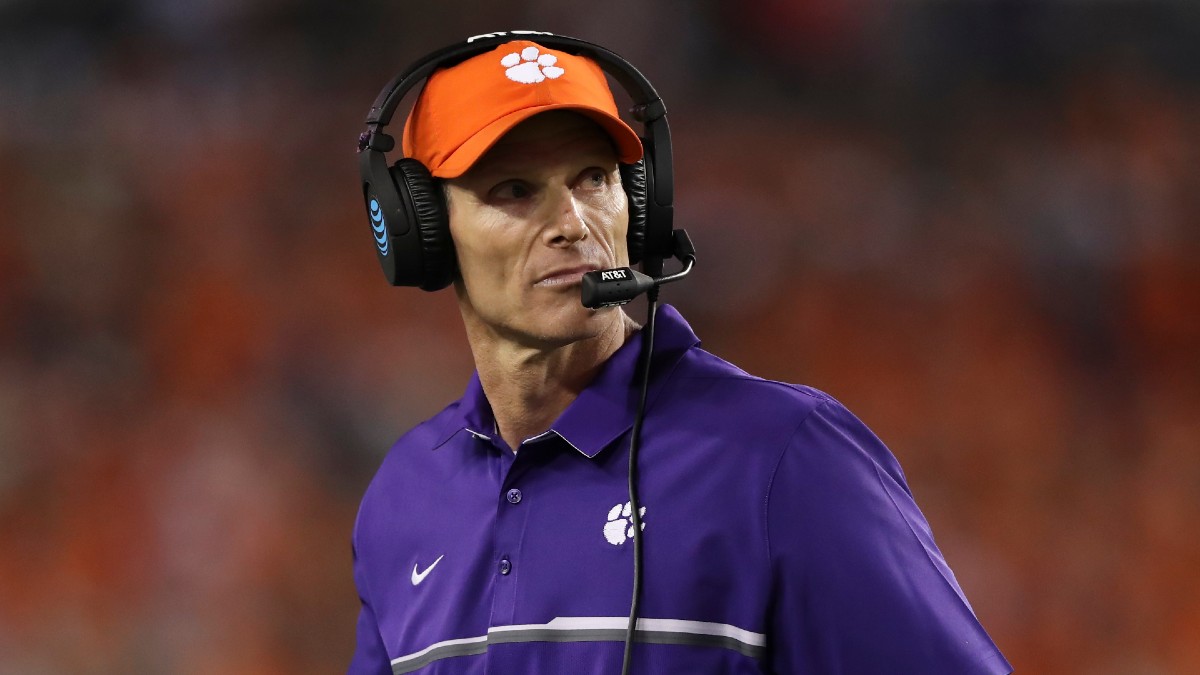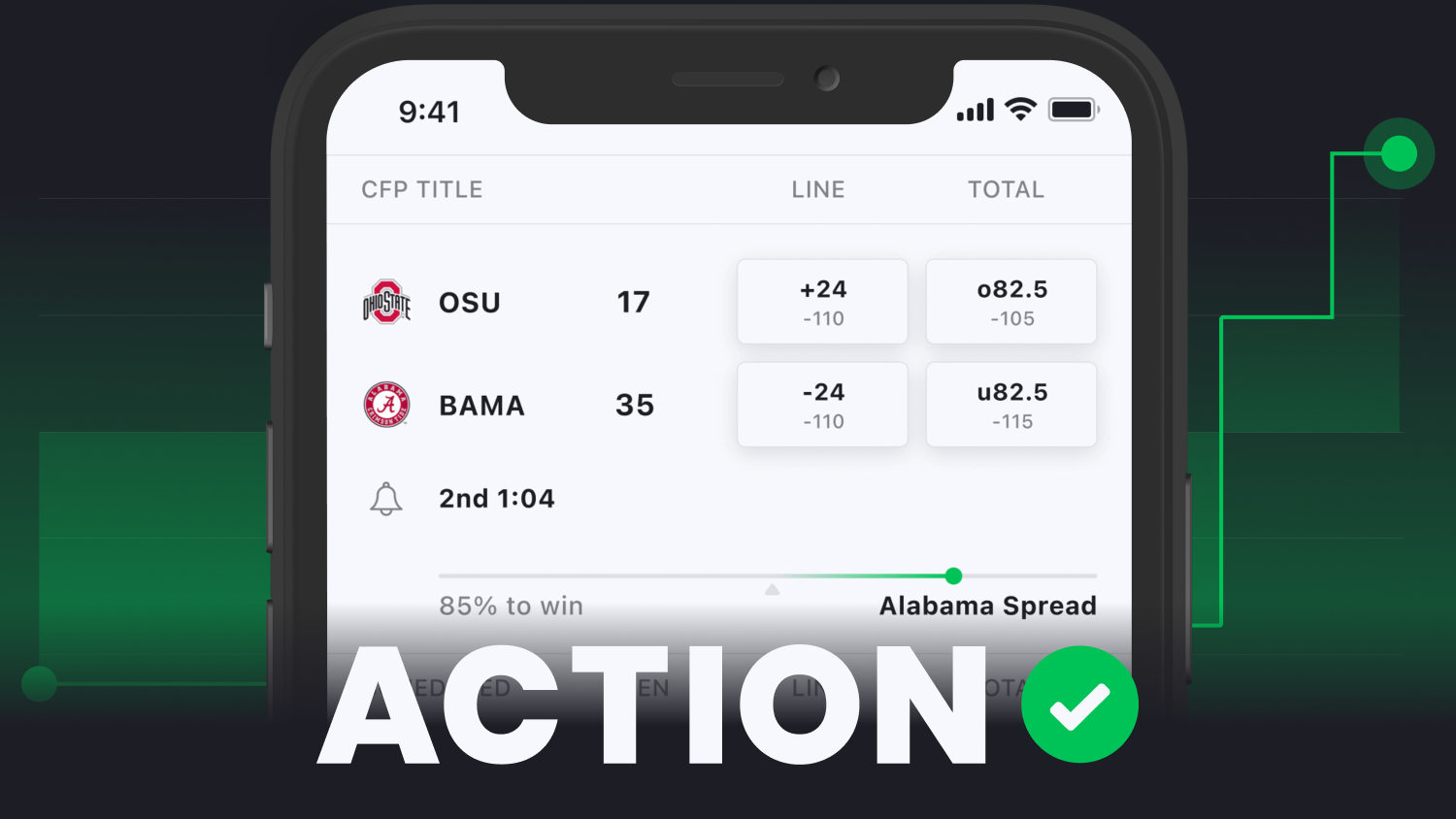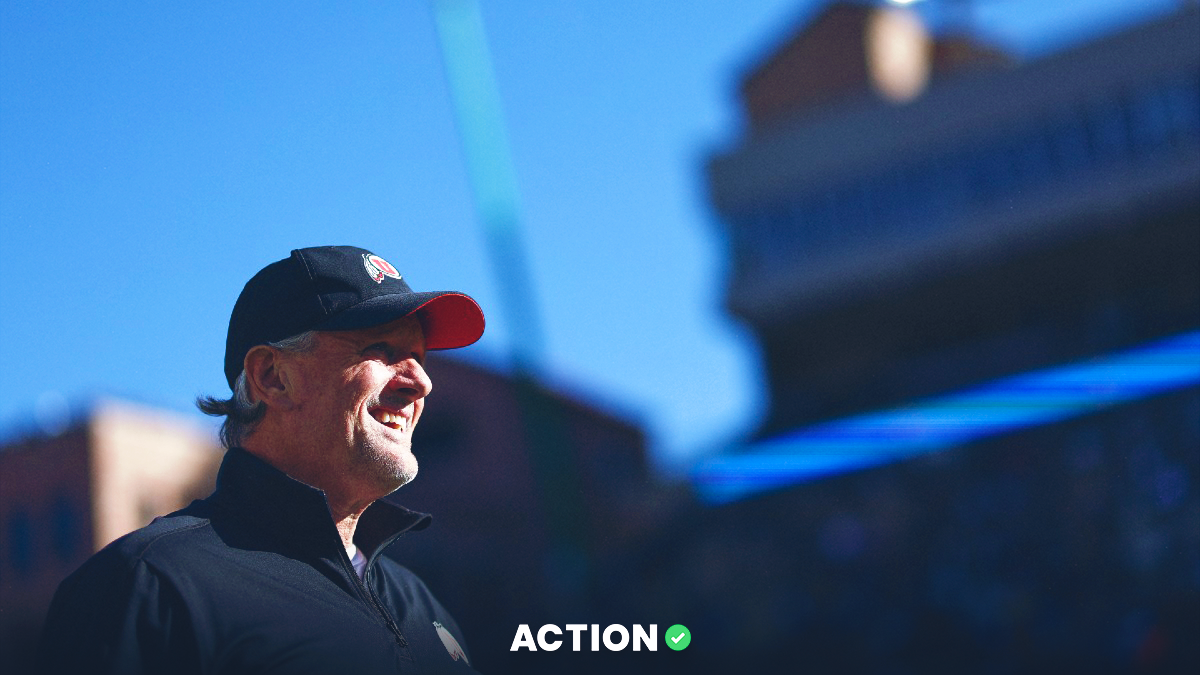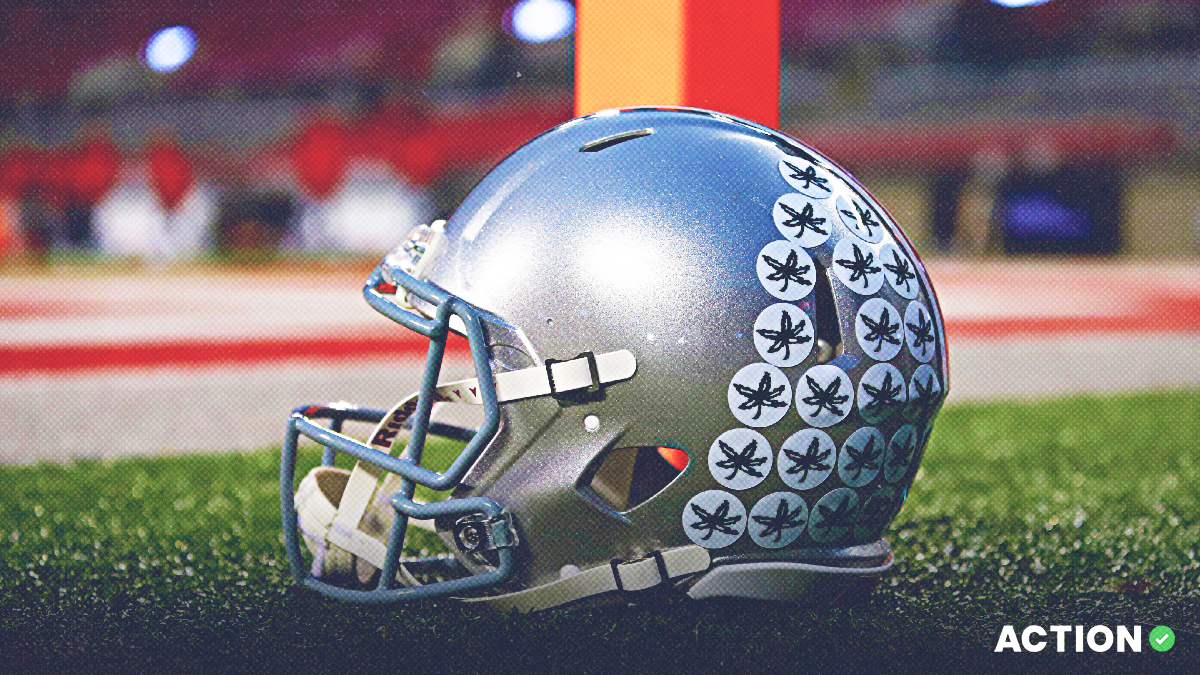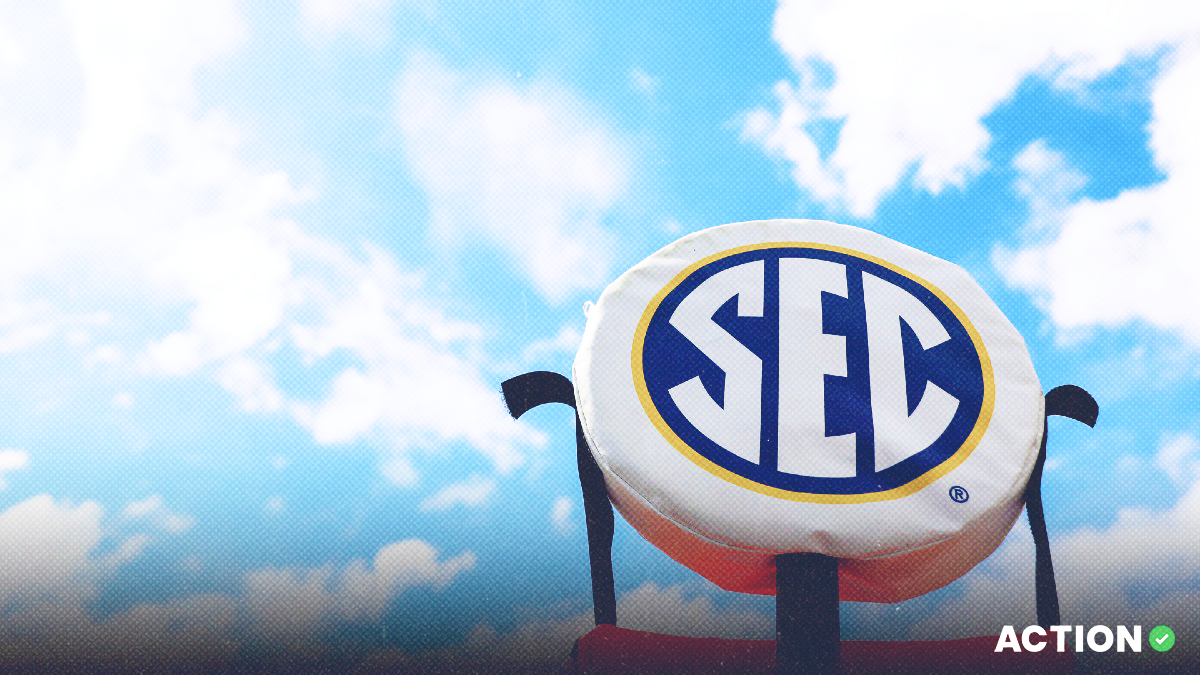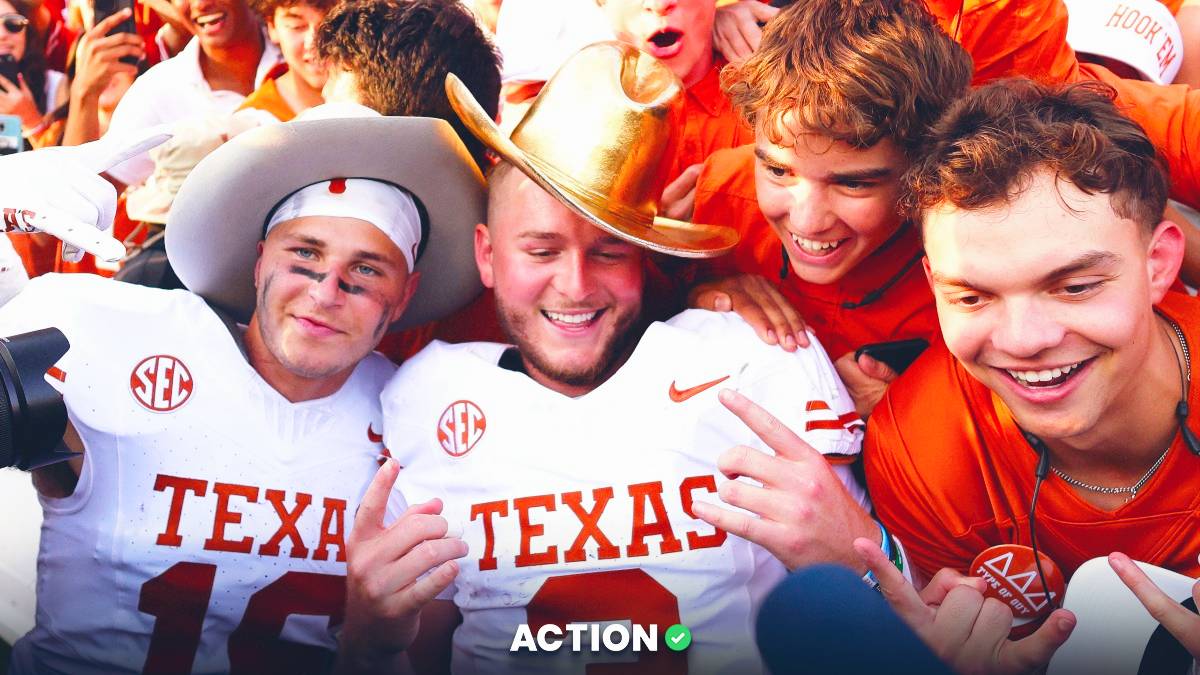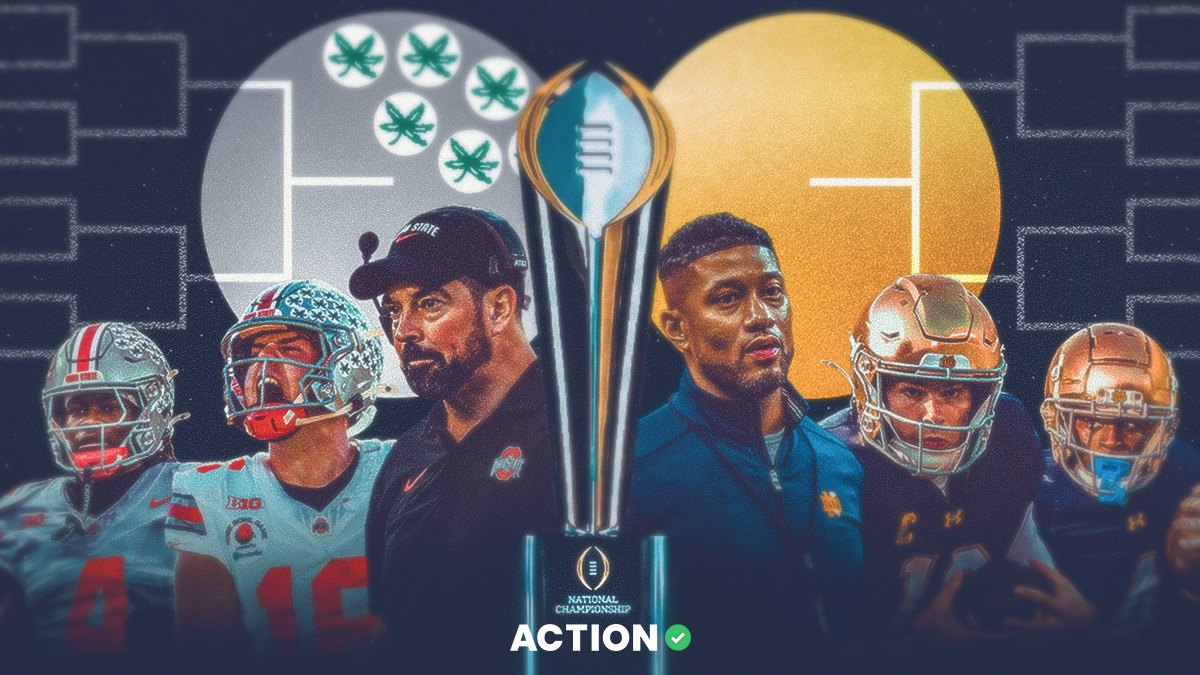Generating Havoc is very important when it comes to having a successful defense in college football.
For those unaware, “Havoc” is the rate at which the defense causes disruptions. These can come in a few different ways; tackles for loss, sacks, interceptions, passes defended, and forced fumbles all count as Havoc plays.
Creating Havoc results in more turnovers, which makes the offense’s job a whole lot easier. Games nowadays are largely won with offense, and giving the offense more advantageous opportunities goes a long way in the game of football.
Oklahoma’s Alex Grinch is an example of how a Havoc-minded defensive coordinator can completely turn around a defense.
So, I'm taking a look at Grinch and the other coordinators who create Havoc at the best and worst rates. This can be an important element when it comes to betting in the fall.
I'll look at every defensive coordinator’s average Havoc ranking since 2017. The coordinator needed to coach at least three of the past four seasons to qualify. Eighty-eight defensive coordinators ended up being included, and they are ranked by their average Havoc ranking per year over that span.
The Top 15 Havoc-Inducing Defensive Coordinators
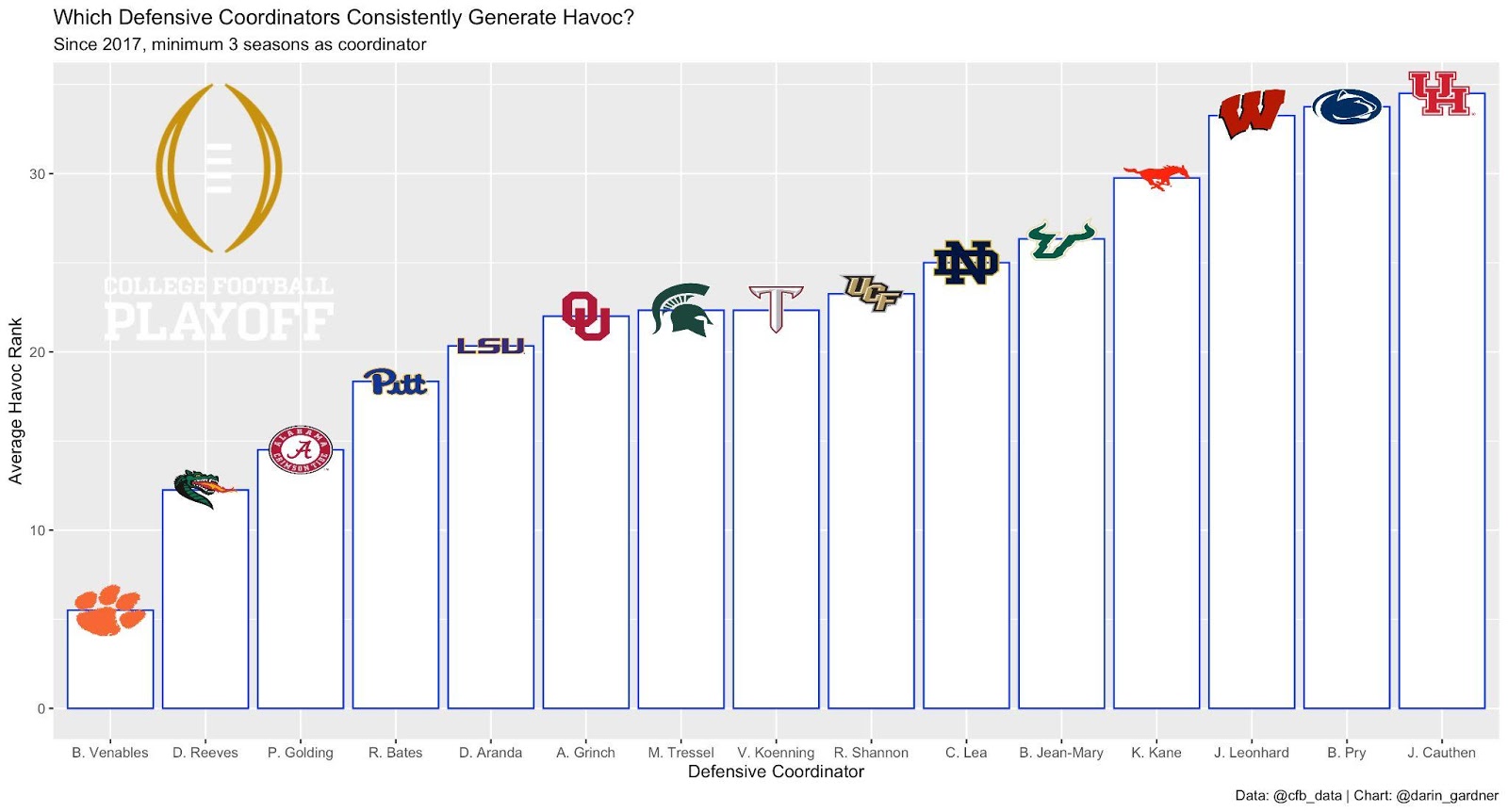
No surprise here with the No. 1 one spot. Brent Venables gets it easily, with an average Havoc ranking of 5.5 over the past four seasons.
One of the surest things in college football is Venables fielding a defense that consistently takes the ball away. That is likely to continue this year as well, as he returns arguably the most experienced defense of his career at Clemson.
Venables’ defenses since 2016:
Coming in at No. 2 two on the list is UAB’s David Reeves. For anyone who pays attention to the UAB program, this is probably no surprise. The Blazers boast an elite defense seemingly every year. Reeves’ defense has ranked in the top 10 in Havoc rate in three of the past four seasons.
Alabama’s Pete Golding ranks third on this list, which includes his 2017 season at UTSA. His defense ranked seventh in Havoc rate that season, but he has also had a top-20 defense in Havoc rate in all three of his seasons at Alabama. Having Alabama’s talent definitely makes the job easier, but he’s shown he can do it with UTSA's talent pool as well.
Rounding out the top five are Pitt’s Randy Bates and new Baylor head coach Dave Aranda.
Aranda was consistently one of the best defensive coordinators in the nation during his time in Baton Rouge and turned that into a head coaching job with Baylor.
Meanwhile, Bates has led two incredibly disruptive defenses in the past two seasons. Pitt's 2019 unit led the nation in Havoc rate, and the 2020 defense ranked third. Pitt will need to replace a lot of production on the defensive front but is still in good hands with Bates calling the shots.
Grinch has completely transformed the Oklahoma defense over the past two years as well.
With the Sooners consistently having one of the worst defenses in the country prior to his arrival, Grinch now has a unit that ranked 16th in Havoc rate in 2019 and improved to ninth in 2020. Grinch also gets another year with pass rusher Nik Bonitto in 2021 after the linebacker racked up nine sacks and 11.5 tackles for loss in just 10 games played last year. In another year’s time, Grinch could absolutely jump into the top five of these rankings.
Oklahoma’s Havoc rankings since 2016:
Former Notre Dame defensive coordinator and new Vanderbilt head coach Clark Lea finished 10th in these rankings, but his spot is brought down by a rank of 61st in 2018.
Over the past two seasons, though, Lea’s defenses ranked sixth and eighth in Havoc, respectively. He leaves some big shoes to fill at Notre Dame, but the Irish landed a highly coveted coach in Marcus Freeman to replace him.
Similar to Lea, Wisconsin’s Jim Leonhard has a ranking that is brought down significantly due to one year. The Badgers ranked only 89th in Havoc in 2018 but also have two top-three finishes in the past four seasons. Nobody should be surprised if Leonhard puts out another top-10 Havoc defense in 2021.
The Bottom 15 Havoc-Inducing Defensive Coordinators

Among defensive coordinators that have done it for at least three of the past four seasons, nobody generated less Havoc than Andy Buh.
During this period, Buh spent two seasons as Maryland’s defensive coordinator and one year at Rutgers. His defenses ranked in the bottom 20 every year, and that led him to a position as the linebackers coach at Illinois.
Notre Dame fans probably still cringe a little bit whenever they hear the name Brian VanGorder.
After being cursed out on the sidelines and fired by Brian Kelly in 2016, he became Louisville’s defensive coordinator in 2018. That year, Louisville allowed 44 points per game and ranked last nationally in Havoc.
VanGorder then took the DC job at Bowling Green in 2019, and you probably don’t need me to tell you that its defense has struggled over the past two years. He recently retired, which is probably bad news to anyone who was looking to fade Bowling Green this year.
VanGorder’s defenses since becoming Notre Dame’s defensive coordinator:
The first surprise with this list comes with BYU’s Ilaisa Tuiaki.
His Cougar defenses have never really struggled, but they haven't generated Havoc either. BYU’s highest ranking in Havoc rate since 2017 is 88th, and every other year was outside the top 100. Tuiaki one of the outliers on this list who has had plenty of success despite a lack of Havoc.
San Jose State had a great defense in 2020, so it came as a surprise to see Derrick Odum end up on this list.
Odum has called the SJSU defense since 2016, but last year was an anomaly compared to his previous seasons. Prior to 2020, his defense allowed more than 30 points per game every year and owned Havoc rankings of 123rd and 118th in 2017 and 2018, respectively. Even with a great defense this year, the Spartans only generated enough Havoc to rank 78th.
Other Notable Findings
Florida’s Todd Grantham ranked 16th here but would have easily been in the top 10 before the 2020 season.
His 2017 Mississippi State defense ranked 18th in Havoc, and his Florida defenses ranked inside the top 25 in 2018 and 2019. The Gators’ 2020 defense tanked his ranking, though, as it came in at 80th.
Grantham is well-known for his aggressiveness, often to a fault. It’s no surprise to see him near the top of these rankings.
Texas A&M’s Mike Elko is one of the highest-paid assistant coaches in all of college football, so you would expect to see him near the top of this list.
He came in at 24th due to a forgettable season as Notre Dame’s defensive coordinator in 2017. Since arriving at Texas A&M in 2018, though, his defenses have ranked second, 35th, and 29th in Havoc rate.
Former Michigan defensive coordinator Don Brown had a funny trend in terms of Havoc — unless you’re a Michigan fan.
His defense ranked first in 2017, plus two top-35 finishes in 2018 and 2019. That would have easily been good enough to put him in the top 15 of this list, but there was one problem. His 2020 defense ranked second-to-last in Havoc, which may have been one of the reasons he was fired. It'll be interesting to see whether or not he can improve Arizona’s defense in 2021, which has nowhere to go but up.
If this list only included seasons since 2018, former Cincinnati defensive coordinator and new Notre Dame DC Freeman easily would have been included in the top 10.
His defense ranked 18th in 2018, 40th in 2019, and 15th a season ago. However, it was hard to overcome a ranking of 122nd in 2017, which left him out of the top group. Lea was a big loss for Notre Dame, but Irish fans should still feel great about Freeman.
Auburn will replace defensive coordinator Kevin Steele, who was the highest-paid defensive coordinator in the country in 2020. His defenses ranked top-20 in Havoc rate in both 2018 and 2019 but fell all the way to 96th in 2020.
He’ll be replaced by former Vanderbilt head coach Derek Mason. His defenses never generated much Havoc in Nashville, but he also wasn’t working with the same type of talent he will have at Auburn.


